New initiative focuses on passive drone detection in coastal and maritime environments
The Federal Aviation Administration (FAA) and the Alliance for System Safety of UAS through Research Excellence (ASSURE) have launched a major testing initiative to evaluate passive drone detection systems.
The Cape May Ferry UAS Detect, Track and Identify Test Event, taking place from April 14 to April 25, 2025, will assess how well these systems work in a coastal, high-traffic maritime setting. The tests are being conducted at the Delaware River and Bay Authority (DRBA) Ferry Terminal in Cape May, New Jersey.
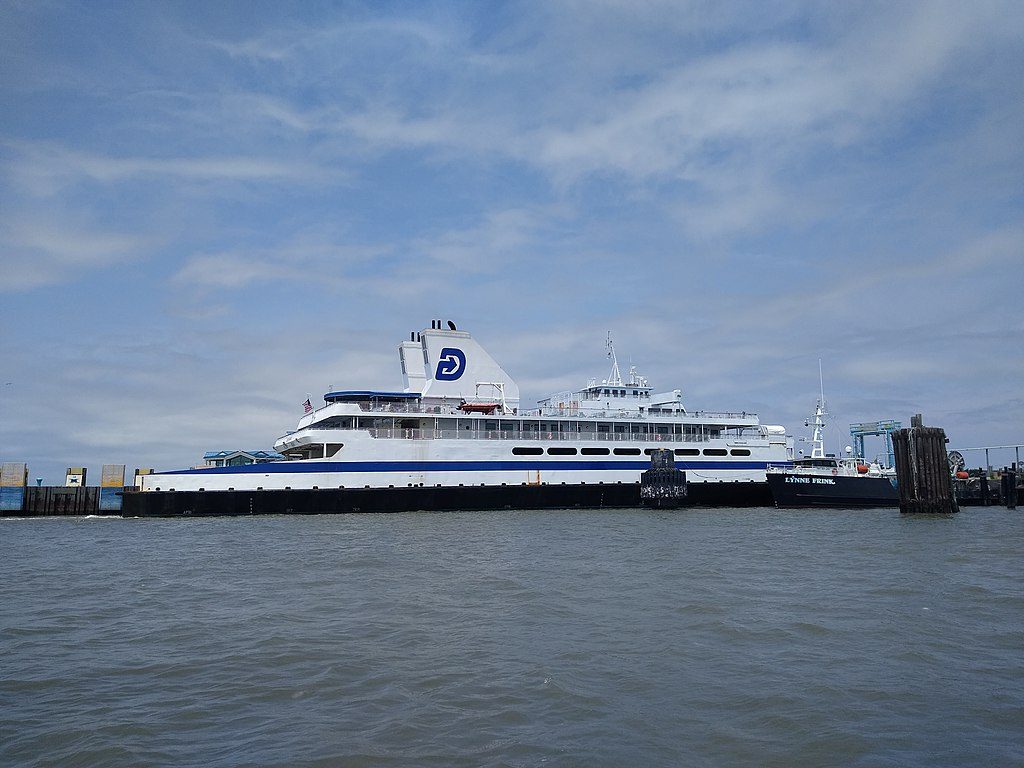
This effort is part of the FAA’s broader goal to ensure the safety of the National Airspace System (NAS) as drone use continues to rise.
Focus on Passive Detection in Challenging Environments
Unlike active detection tools such as radar, passive systems detect drones without emitting signals. This makes them especially useful in sensitive areas or where radio interference may pose risks.
Systems under test include acoustic sensors, radiofrequency (RF) detection tools, Remote ID receivers, and some radar systems that have received approval from the Federal Communications Commission (FCC).
These systems will be tested against a variety of commercial off-the-shelf (COTS) and DIY drones. The test flights are designed to explore how environmental conditions affect detection and whether interference occurs with key communications or safety systems.
“As drones become a larger part of our skies, it’s essential we understand how to detect and track them – especially in environments where traditional tools fall short,” said Hannah Thach, Executive Director of ASSURE. “This test directly supports the FAA’s efforts to develop smart, data-driven regulations that keep the National Airspace System safe and efficient as new technologies come online.”
Supporting First Responders and Coastal Safety
The Cape May UAS Detection test area includes the Delaware River Bay, the Cape May Canal, protected dunes and marshes, and nearby beaches. The DRBA Ferry, which runs four times daily between Cape May and Lewes, Delaware, adds real-world maritime traffic to the test setting.
The U.S. Coast Guard and civilian vessels also operate in the area, offering a dynamic and realistic environment to test drone detection technologies.
Local authorities, including the DRBA Police and Lower Township First Responders, are active participants in the trial. They will evaluate how detection systems affect their communications and operations and vice versa.
This collaboration is expected to provide valuable insight into how drone detection can be integrated with public safety systems without causing disruption.
Public Reporting and ASSURE Background
While the event is closed to the public, ASSURE will release results and findings after completing data analysis. These insights are intended to help guide the FAA and other stakeholders as they refine drone regulations and safety protocols.
ASSURE is the FAA’s Center of Excellence for UAS Research. It brings together 32 top research institutions and more than 100 industry and government partners. Its work spans areas such as air traffic control, drone pilot training, noise reduction, human factors, and spectrum management.
Read more:
- FAA Reauthorization Act Extends ASSURE UAS Program and Establishes ASSUREd Safe
- FAA Signals Momentum for BVLOS Rulemaking: What It Means for Commercial Drone Applications
- FAA Panel at National Public Safety UAS Conference Highlights New Waivers and Process Improvements

Miriam McNabb is the Editor-in-Chief of DRONELIFE and CEO of JobForDrones, a professional drone services marketplace, and a fascinated observer of the emerging drone industry and the regulatory environment for drones. Miriam has penned over 3,000 articles focused on the commercial drone space and is an international speaker and recognized figure in the industry. Miriam has a degree from the University of Chicago and over 20 years of experience in high tech sales and marketing for new technologies.
For drone industry consulting or writing, Email Miriam.
TWITTER:@spaldingbarker
Subscribe to DroneLife here.

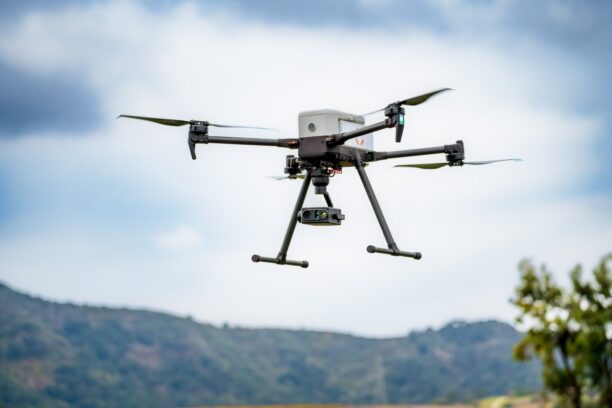
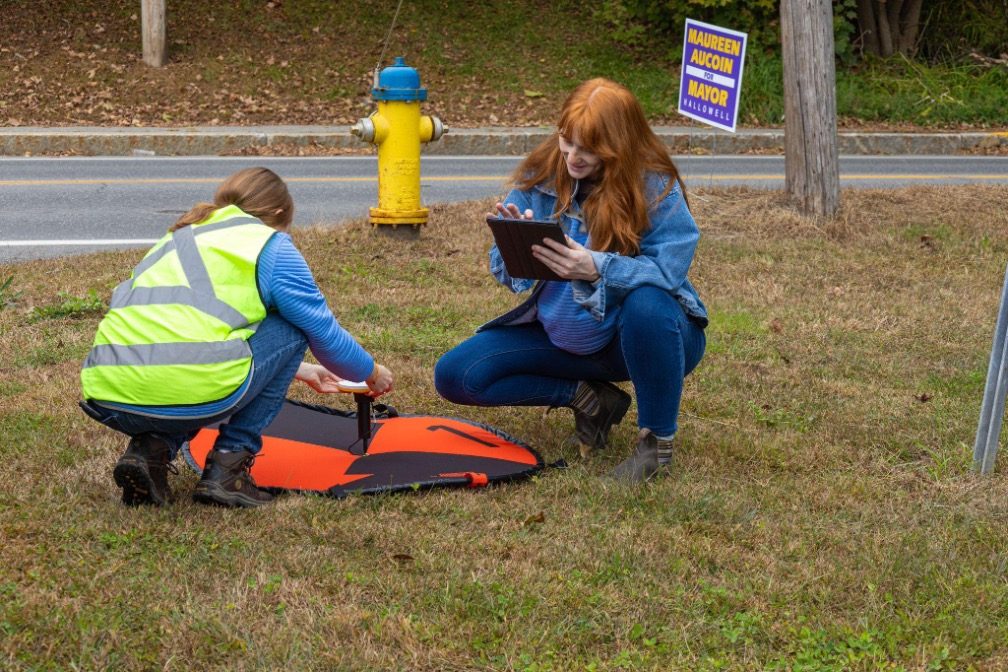
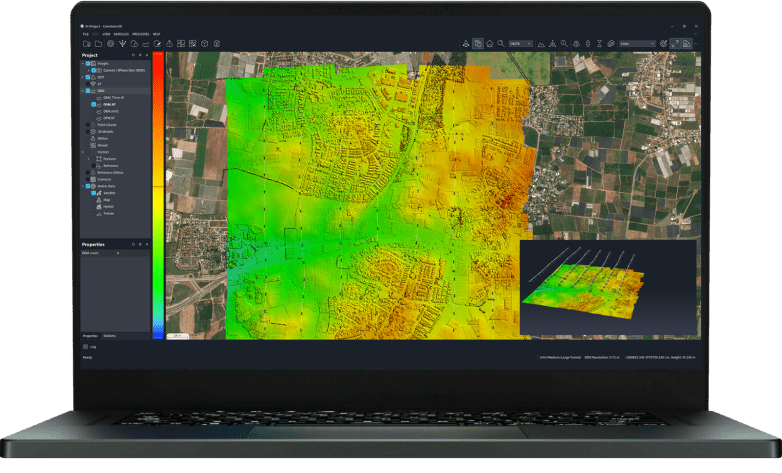
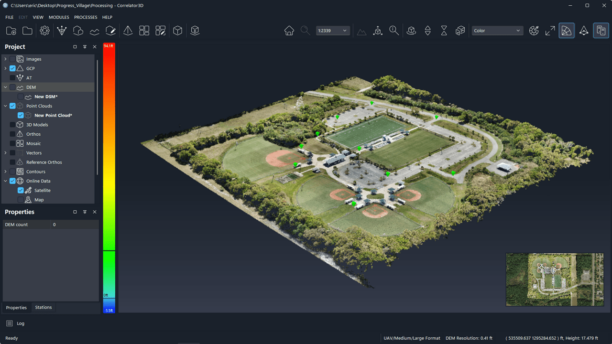
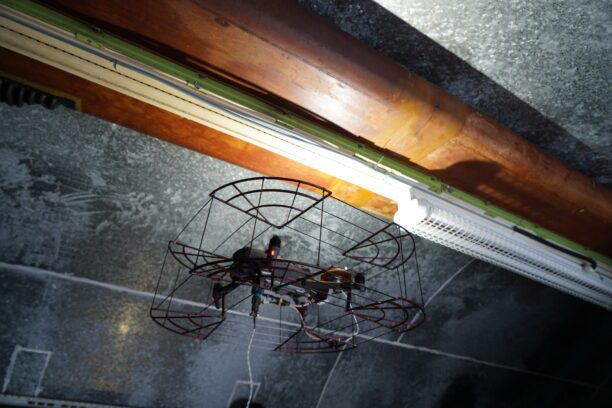
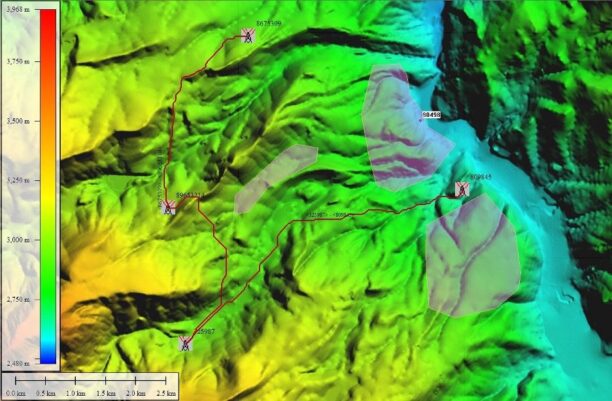
Leave a Reply